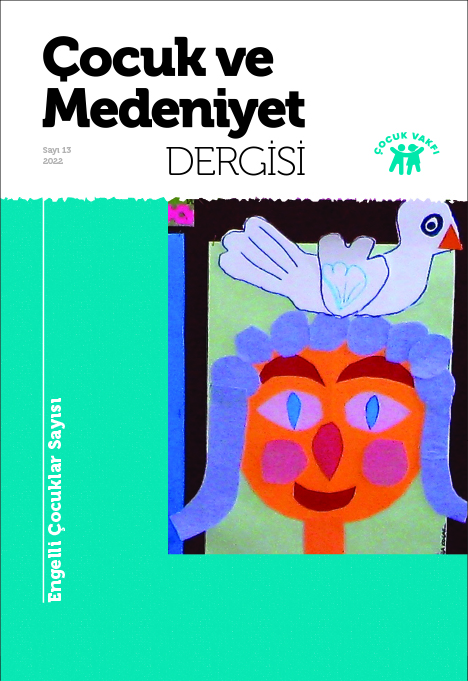Parent-Delivered Physiotherapy Approaches in Children with Hemiplegic Cerebral Palsy
DOI:
https://doi.org/10.47646/CMD.2022.274Keywords:
Cerebral palsy, hemiplegia, bimanual training, mCIMT, parentdelivered physiotherapyAbstract
The term “cerebral palsy” (CP) refers to a spectrum of disorders characterized by non-progressive lesions that form in the developing brain and result in chronic movement deficits. In the current classification of CP, the Surveillance of Cerebral Palsy in Europe (SCPE) classification is frequently used. According to the current classification, the spastic subtype is the most common subtype of CP (77.4%), and the upper extremities are affected in 60% of individuals with this type of involvement. In the classification made according to the dominant extremity distribution; spastic hemiplegia, one of the common subtypes of spastic CP, is one of the common subtypes of spastic CP, which affects bilateral abilities that play a central role in independent participation in daily life, self-care, school and recreational activities. In addition to being able to walk independently or assisted (GMFCS I-III), 99% of children with hemiplegic CP are also intelligent enough to attend regular school. The increasing number of groundbreaking studies in the field of CP has brought about the use of more modern and effective rehabilitation approaches in clinical settings. Groundbreaking breakthroughs in preventive medicine and rehabilitation; forced professionals working in this field to think differently and seek modern solutions. In parallel with these developments, activity-based rehabilitation approaches that trigger neuroplasticity in the damaged child’s brain have begun to come to the fore. Because families spend more time with their children in daily activities and social participation, they have more information about their children’s performance than health professionals. In other words, in parentdelivered physiotherapy approaches; the idea lies in the idea of families being recognized as experts in identifying their children’s needs and deciding on the type of rehabilitation to be given. As a result, physiotherapy approaches based on intensive activity practices that will lead to neuroplasticity in the damaged child brain are often not possible to use in clinical settings because they require intensive and long-term practices. For this reason, parent-delivered physiotherapy approaches that allow positive and transformative information exchange between family, child and (physio) therapist have started to come to the fore. Therefore, the aim of this review is to summarize parent-delivered physiotherapy approaches in children with hemiplegic CP.

